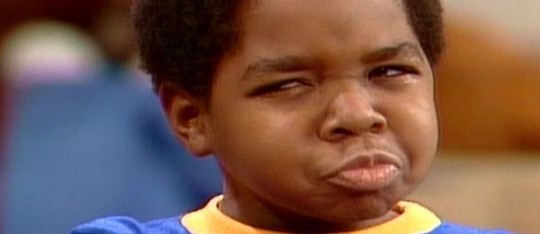The tenth lecture covered a very wide range of relevant issues to networked media, including the open nature of the Internet, Kevin Bacon, and the fact that technology is everywhere and is everything.
I really liked the start of the lecture with Adrian showing us the ‘Faces Of Facebook’ website which has recently gone viral, and relating it to our course. It is an example of a free form creative practice, on that has taken advantage of the fact that social media sites like Facebook are so public and open; even if your page is on the most strict private settings, people can still see your profile picture.
This is an interactive and interesting site that was not made or endorsed by Facebook at all, one individual has just utilised the opportunities that social networking presents, and things like these exemplify the inherent contrasts between traditional and new media.
Traditional media doesn’t utilise the ‘database’ form, information isn’t easily accessible by everyone, like the example that Adrian used, it’s impossible, and somewhat ridiculous to imagine, that we could access the information of people using Coles/Myers cards, but this is what we can do with new media, allowing sites like this to be made.
‘Faces Of Facebook’ incorporates the profile pictures of all of the site’s 1.2 billion users, allowing you to zoom in one an individual’s picture. It was created by Natalia Rojas, a Miami-based ‘creative technologist’, who said simply that “I accidentally discovered how to access all the profile pictures from everyone on Facebook when I was playing around with their API”.
The site also updates in real time as new users sign on to the site, adapting to the ever-changing realm of the internet. The site has well and truly gone viral in the last few days, gaining much attention from the media, and it serves to display just how huge and all-encompassing this network that we are studying is. Just look at the opening page of the site, it’s just a messy collage of different colours, but upon zooming in, it becomes a structured and ordered network of the internet.
The lecture also discussed the power law distribution that explains the network of the internet, and how this results in ‘hubs’ emerging. We heard how Hollywood is a great example of this, with actors and directors and the likes usually sticking together and groups, resulting certain actors becoming hubs (KEVIN BACON) and creating connections between two seemingly unrelated people.
This results in these hubs having ‘weak connections’, it is structured and far from random, but usually we don’t actually know who is behind these hubs personally, creating less strong nodes.
At the end the lecture also touched on the all-encompassing term of technology, and the contest between technological determinism versus cultural determinism.
As Elliot discussed, in nearly every case, technology is developed for one reason, and is ultimately used for a completely other purpose. This was seen with SMS, which was originally thought to be just for business notifications, but is now the major form of social communication, as well as just the internet as a whole, which was created by the US during the Cold War in order to have a system that would avoid complete destruction in the event of a nuclear attack.
I really liked Adrian’s concluding statement, calling out people that claim to go on ‘technology free’ detoxes, when in fact technology is unavoidably everywhere.









